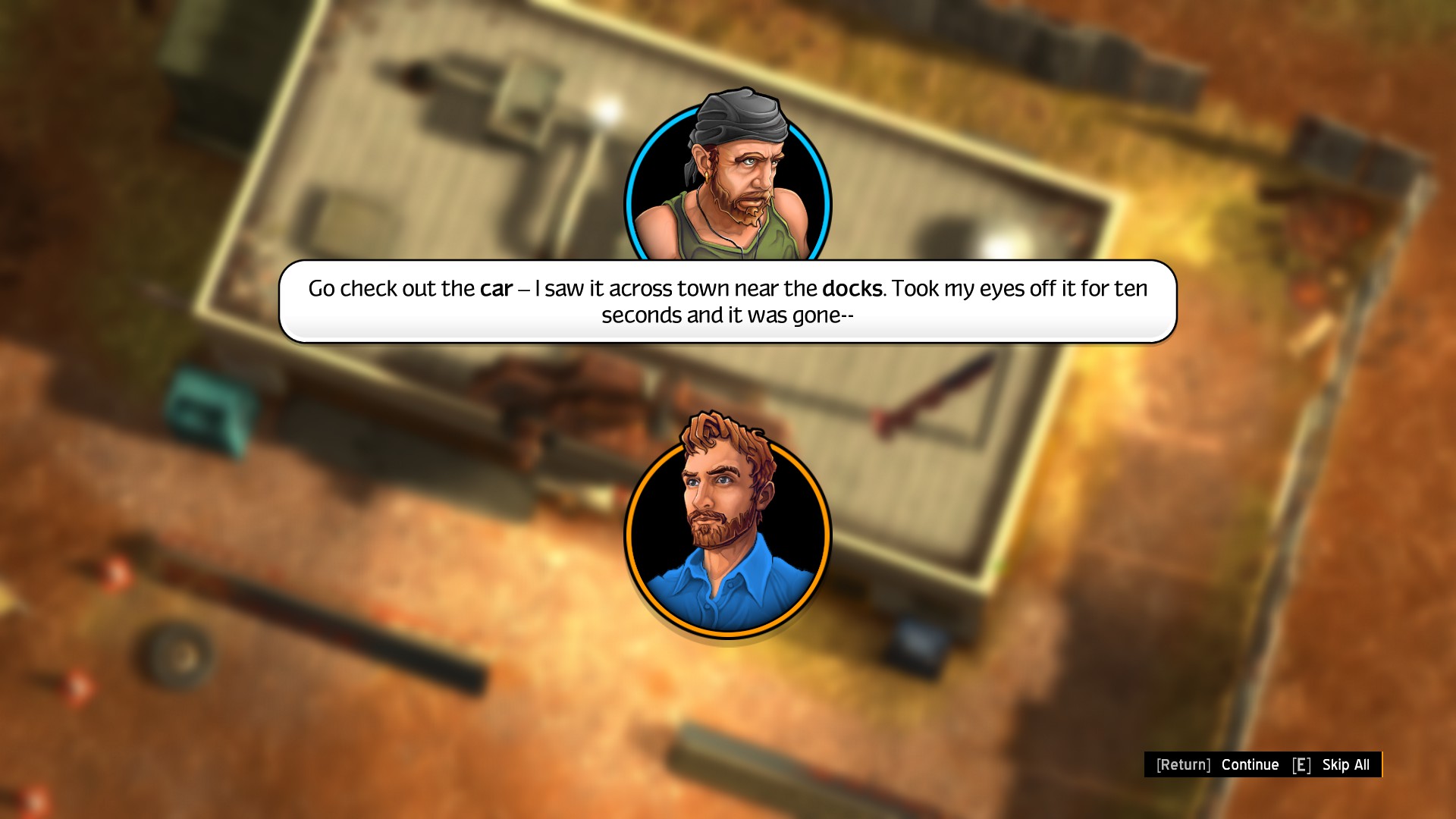Is It a Niche Game with Mass Appeal?
Introduction
The gaming industry has evolved dramatically over the past few decades, offering experiences that range from hyper-casual mobile games to deeply complex simulation titles. Among these, certain games occupy a unique space—they are designed with a specific audience in mind yet manage to attract a much broader player base. This phenomenon raises an important question: Can a game be niche while still having mass appeal?
In this article, we will explore what makes a game "niche," how some titles transcend their intended audience, and whether this balance is sustainable in the long run.
Defining a Niche Game
A niche game typically targets a small, dedicated audience with specialized interests. These games often feature:
- Complex mechanics (e.g., hardcore strategy, simulation, or roguelike elements)
- Unique aesthetics (e.g., pixel art, retro styling, or unconventional art directions)
- Deep lore or storytelling (e.g., text-heavy RPGs or obscure sci-fi settings)
Examples include:
- Dwarf Fortress (a notoriously complex colony sim)
- Disco Elysium (a narrative-driven RPG with deep philosophical themes)
- Pathologic 2 (a survival horror game with punishing mechanics)
These games don’t aim for mainstream success but instead cater to players who crave depth and challenge.
When Niche Goes Mainstream
Despite their specialized nature, some niche games break into the mainstream. How does this happen?

1. Word of Mouth & Streaming
Streamers and content creators play a crucial role in amplifying niche games. Titles like Among Us (initially a small indie game) or Stardew Valley (a farming sim inspired by Harvest Moon) gained traction through viral exposure.
2. Accessibility Improvements
Some niche games modify their mechanics to appeal to a wider audience without losing their core identity. For example:
- Dark Souls introduced challenging combat but became popular due to its rewarding difficulty.
- Hades (a roguelike) streamlined progression, making it more approachable.
3. Strong Artistic Vision
Games with striking visuals or unique storytelling often attract players outside their intended demographic. Cuphead (inspired by 1930s cartoons) and Hollow Knight (metroidvania with hand-drawn art) succeeded due to their distinct styles.
Challenges of Balancing Niche and Mass Appeal
While some niche games achieve mainstream success, others struggle to maintain their identity when expanding their audience.
1. Risk of Over-Simplification
To attract casual players, developers may dilute mechanics, alienating the original fanbase. For example, Fallout 76 faced backlash for simplifying RPG elements to appeal to a broader market.
2. Monetization Pressures
Mainstream success often leads to monetization strategies (e.g., microtransactions, battle passes) that may clash with niche game values.
3. Community Fragmentation
When a niche game grows, its community may split between purists and newcomers, leading to conflicts over game direction.
Case Studies: Niche Games That Found Mass Appeal
1. Minecraft (From Indie to Global Phenomenon)
Originally a sandbox game for creative builders, Minecraft expanded with survival modes, education editions, and cross-platform play, making it one of the best-selling games ever.
2. League of Legends (Hardcore MOBA to Esports Giant)
MOBAs were once considered too complex for casual players, but LoL streamlined mechanics, introduced ranked play, and built a massive esports scene.
3. Elden Ring (Soulslike Goes Open-World)
FromSoftware’s games were traditionally niche, but Elden Ring’s open-world design attracted millions who had never played a Souls game before.
Can a Game Truly Be Both Niche and Mainstream?
The answer is yes, but it requires careful balance:
- Retain core identity while making minor accessibility tweaks.
- Leverage community engagement to maintain loyalty.
- Avoid over-commercialization that compromises artistic vision.
Games like The Legend of Zelda: Breath of the Wild prove that deep, complex mechanics can coexist with mass appeal when executed well.
Conclusion
The line between niche and mainstream is increasingly blurred in modern gaming. While not every niche game can (or should) chase mass appeal, those that do often redefine genres and push the industry forward. The key lies in respecting the original audience while thoughtfully expanding accessibility—a delicate but rewarding balance.
Ultimately, the best games are those that stay true to their vision while inviting new players to experience something extraordinary.
Tags: #GamingIndustry #NicheGames #IndieGames #MainstreamGaming #GameDesign #VideoGameTrends


















